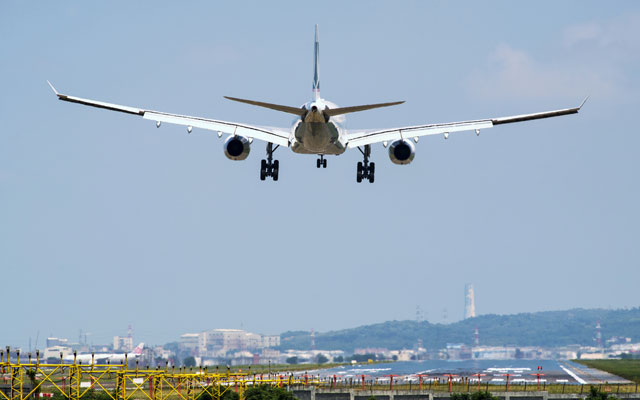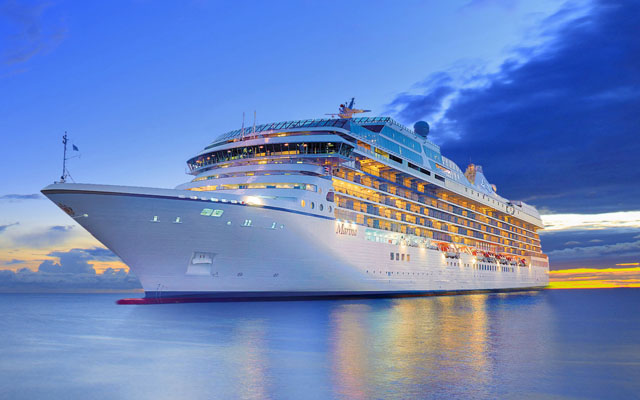International air passenger markets had moderated against a backdrop of a slowdown in the global economy, and uncertainties surrounding trade negotiations, according to preliminary traffic figures for the full year 2019 released by the Association of Asia Pacific Airlines (AAPA).
In aggregate, the region’s airlines registered a 4.2% increase in the number of international passengers carried to a combined 375.5 million in 2019, a “relatively moderate” performance compared with the stronger annual growth rates of previous years, said Andrew Herdman, AAPA director general.

Measured in revenue passenger kilometres (RPK), demand grew by 4.1%, reflecting the relative strength of both short- and long-haul travel markets. After accounting for a 3.7% increase in available seat capacity, the average international passenger load factor edged 0.3 percentage points higher to 80.9% for the year.
Herdman said: “Whilst increased geopolitical and trade tensions may have affected business confidence levels and overall traffic demand, new routes and frequencies providing more options to travellers as well as attractive air fares continued to drive passenger numbers higher in 2019, supported by ongoing regional economic expansion.
“Overall, in 2019, Asian airlines faced an intensely competitive operating environment, with downward pressure on yields and profitability, only partially alleviated by the 7.2% fall in global jet fuel prices to an average of US$79 per barrel for the year.”
Looking ahead, Herdman said the travel restrictions and widespread public concern rising from the coronavirus outbreak has led to significant falls in demand for air travel on routes to, from and within China, adding on to an already cloudy outlook for 2020.




















